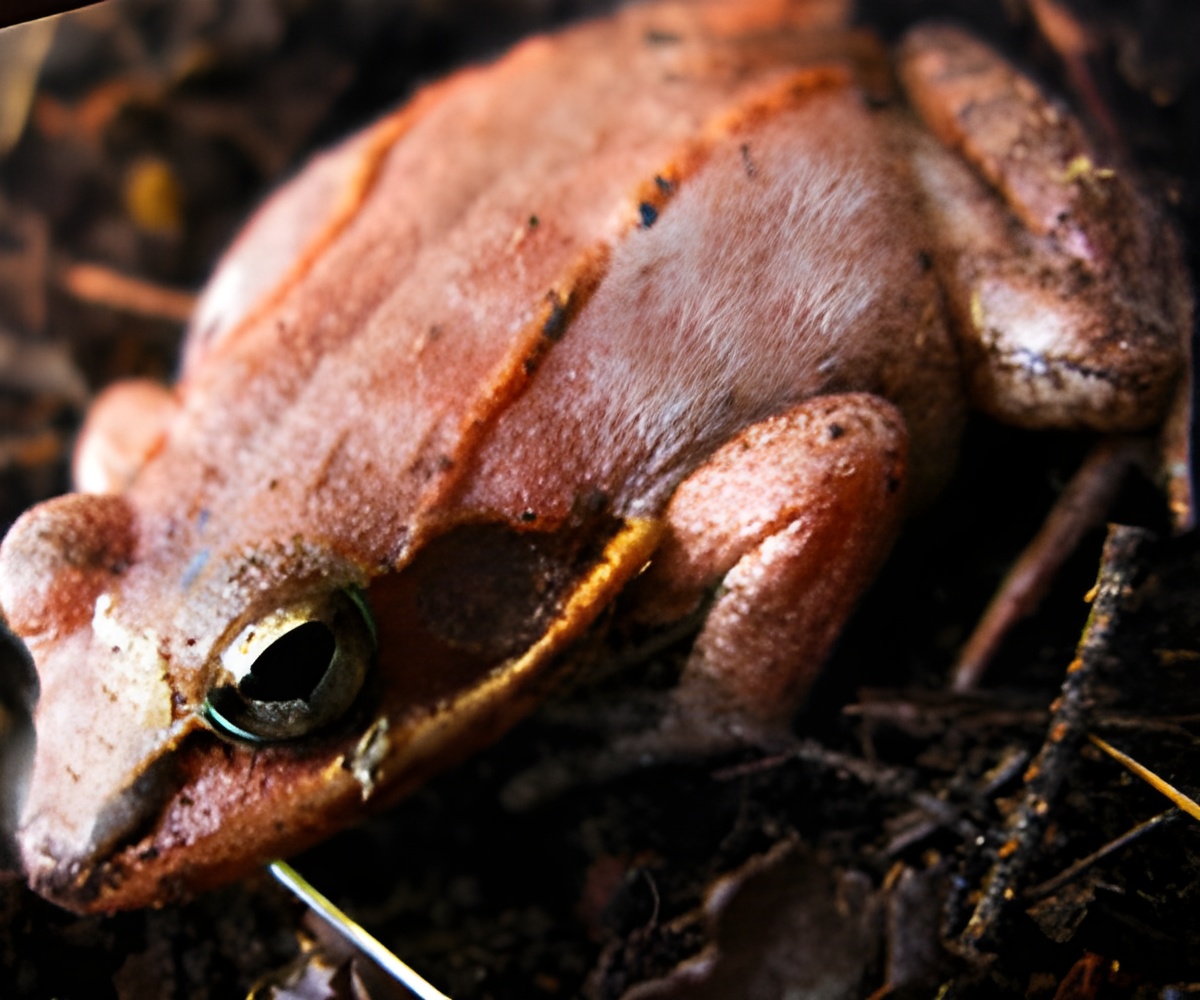Stinky frog's skin produces a variety of anti-bacterial substances.
Stinky frog's skin produces a variety of anti-bacterial substances. These substances hold promise for becoming novel weapons in the battle against antibiotic-resistant infections, report scientists. Their research on amphibians so smelly (like rotten fish, for instance) that scientists term them "odorous frogs" appears in ACS'
Journal of Proteome Research.
Yun Zhang, Wen-Hui Lee and Xinwang Yang explain that scientists long have recognized frogs' skin as a rich potential source of new antibiotics. Frogs live in warm, wet places where bacteria thrive and have adapted skin that secretes chemicals, known as peptides, to protect themselves from infections. Zhang's group wanted to identify the specific antimicrobial peptides (AMPs), and the most potent to give scientists clues for developing new antibiotics.
They identified more than 700 of these substances from nine species of odorous frogs and concluded that the AMPs account for almost one-third of all AMPs found in the world, the greatest known diversity of these germ-killing chemicals. Interestingly, some of the AMPs have a dual action, killing bacteria directly and also activating the immune system to assist in the battle.
Source-Eurekalert











